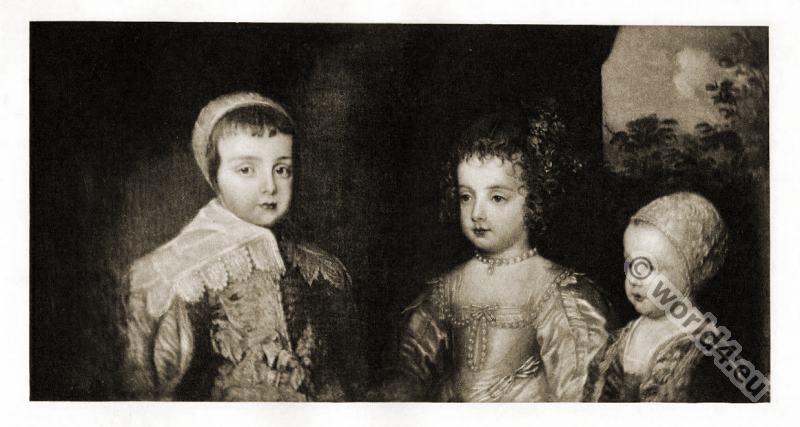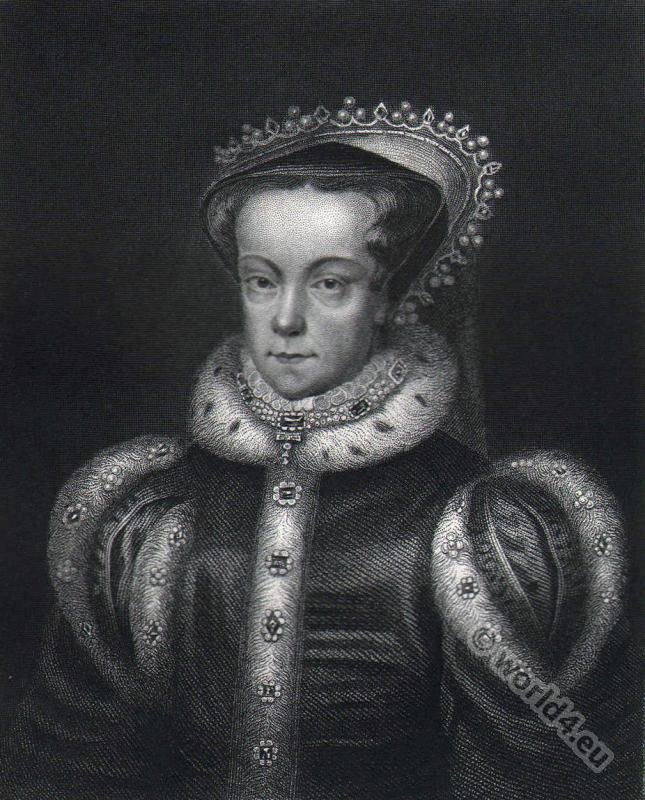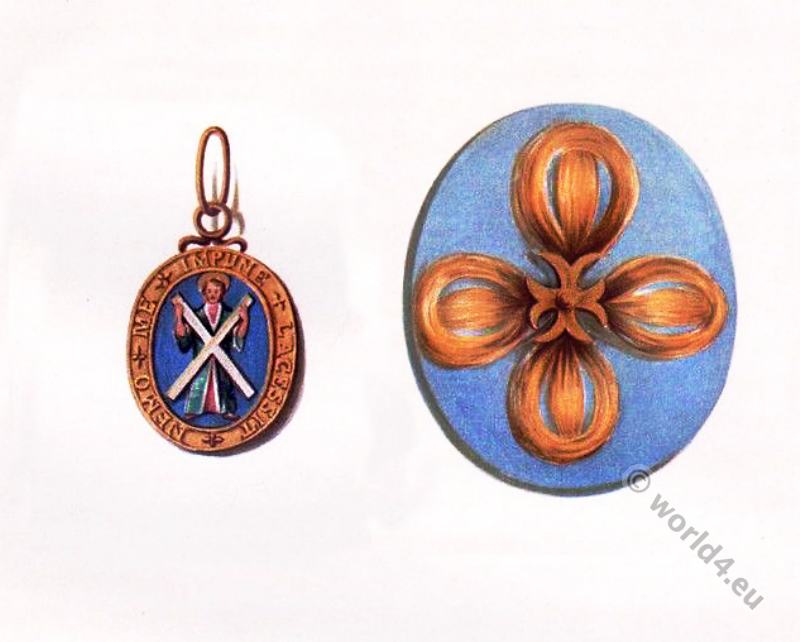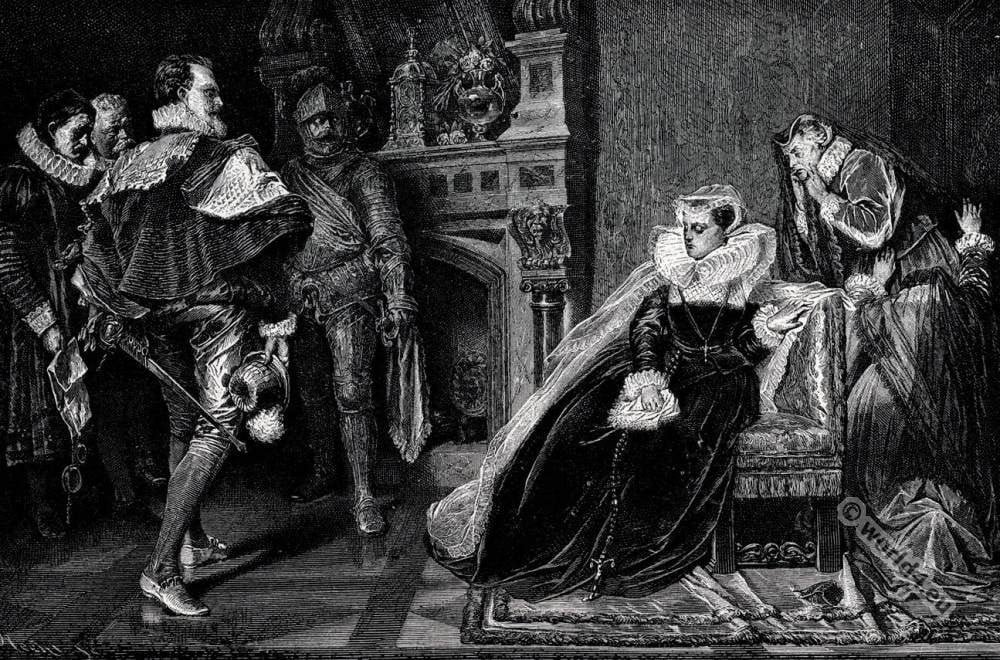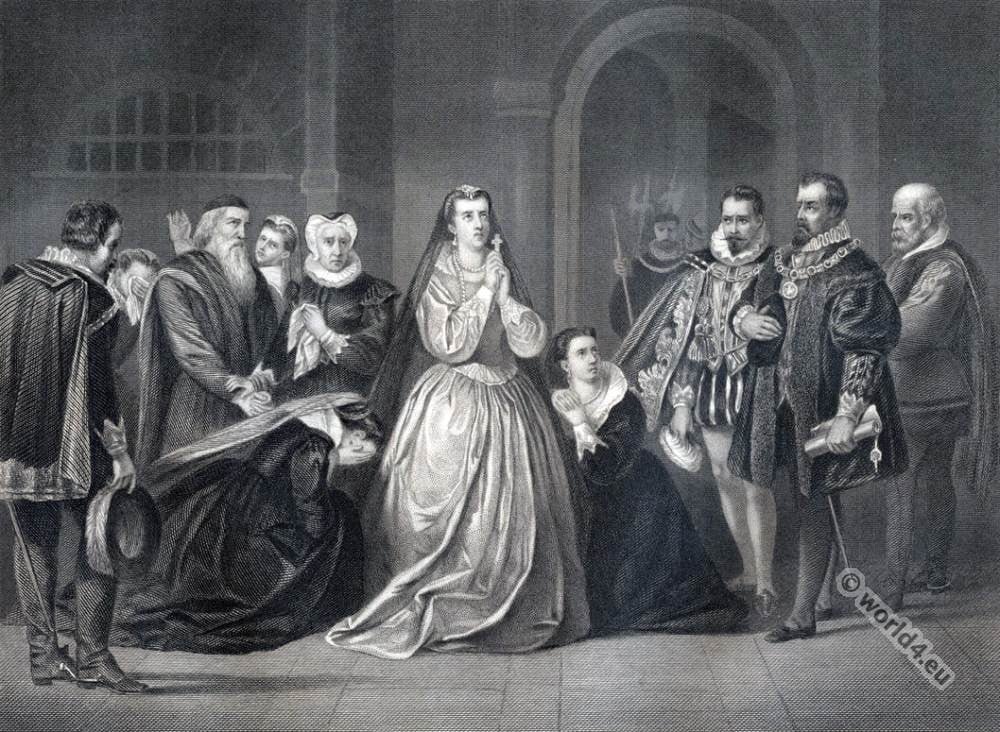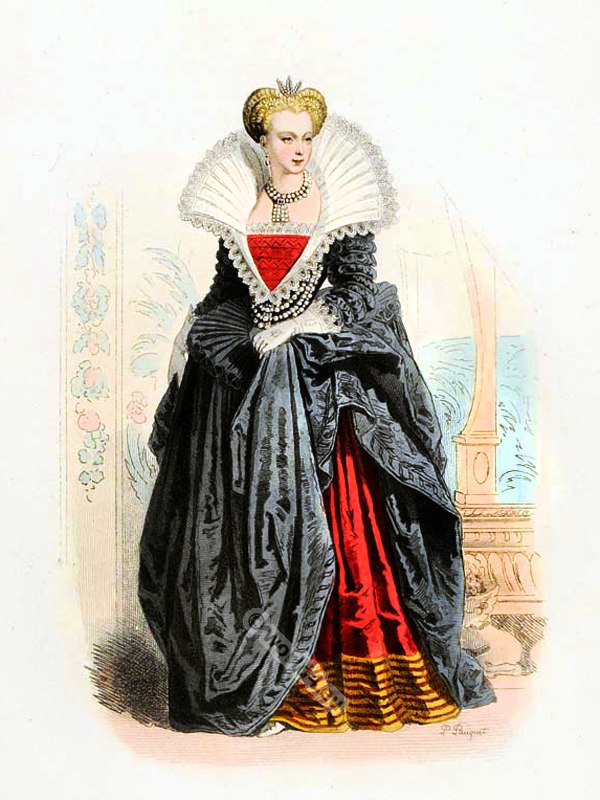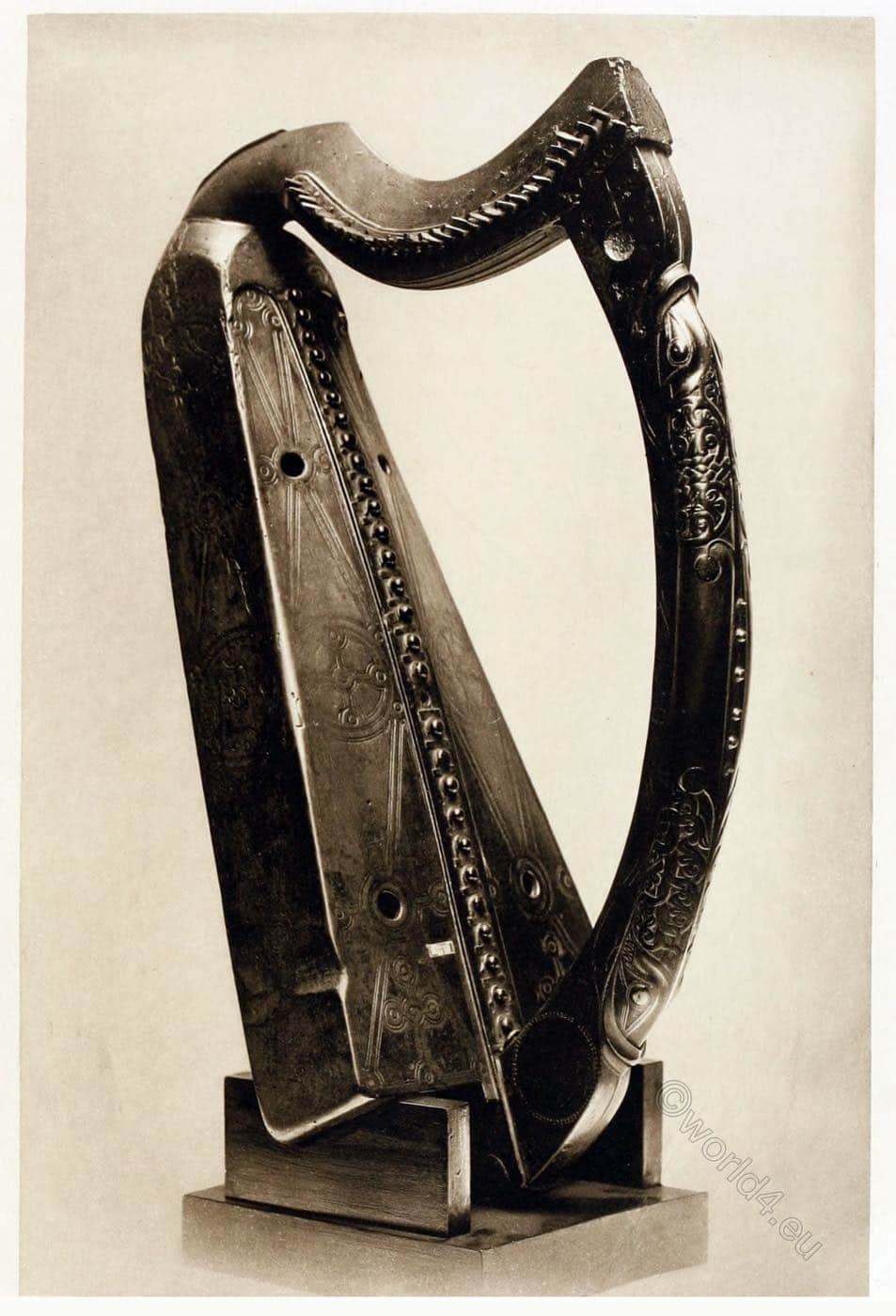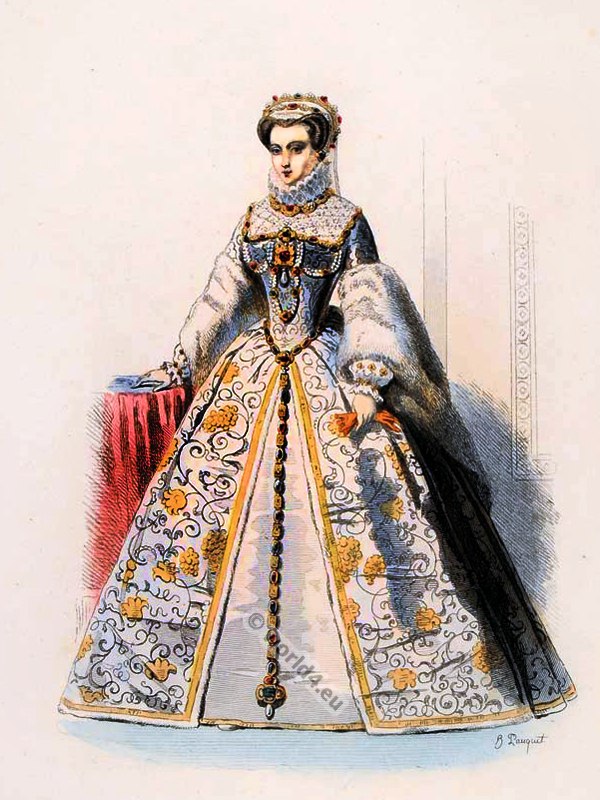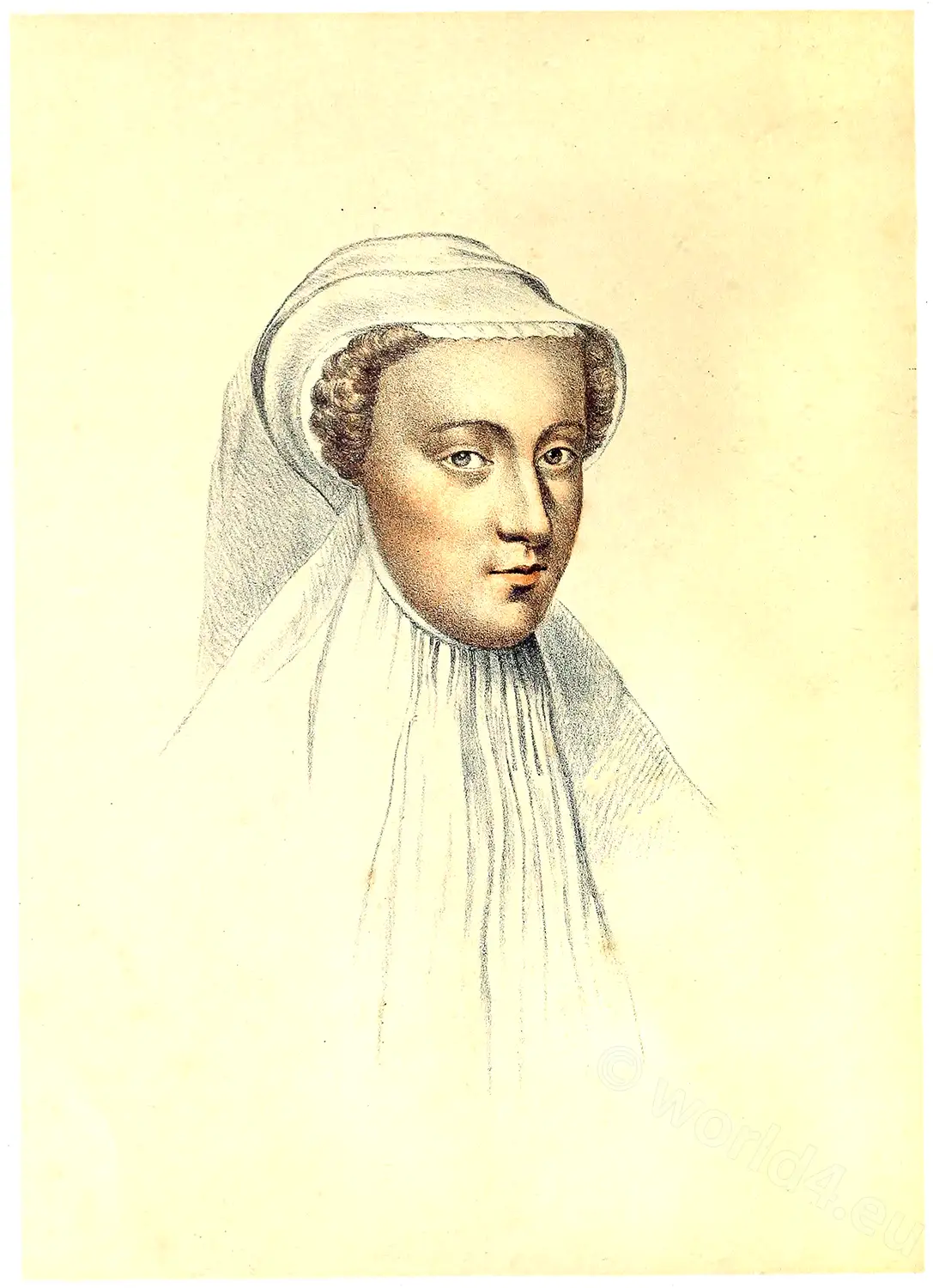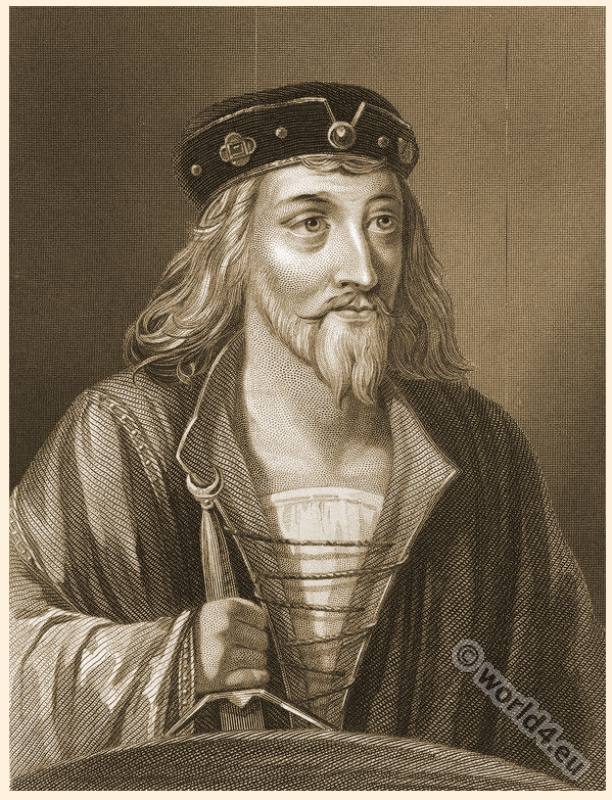Mary Stuart 1542-1587 born as Mary Stewart, was on 14 December 1542 to the July 24, 1567 as Mary I Queen of Scotland and through her marriage to Francis II. from 1559 to 1560 Queen of France.
Mary Stuart was a prominent figure in European history during the 16th century. She was born in 1542 to King James V of Scotland and his French wife, Mary of Guise. At just six days old, she became Queen of Scotland after her father’s death. Due to political turmoil and threats to her safety, Mary was sent to France at the age of five to be raised in the French court. It was there that she married the Dauphin, Francis, who later became King of France. After Francis’ untimely death, Mary returned to Scotland to take up her role as queen. Her reign was marked by religious conflict, political intrigue, and personal tragedy. Despite her tumultuous life, Mary Stuart remains an enduring figure in history, known for her beauty, intelligence, and courage.
After returning to Scotland, Mary faced numerous challenges as she tried to rule a country that was deeply divided by religious and political tensions. She faced opposition from Protestant lords who saw her as a threat to their power and influence. Mary’s Catholic faith also made her unpopular with many of her subjects who had converted to Protestantism.
Mary’s reign was marked by a series of personal and political crises, including her marriage to Lord Darnley, who was widely disliked by the Scottish nobility. Darnley was murdered in 1567, and Mary soon married the Earl of Bothwell, who was suspected of being involved in the murder. This scandalous marriage led to Mary’s downfall, and she was forced to abdicate the throne in favor of her infant son, James VI.
Mary spent the next 18 years in captivity in England, where she became embroiled in a plot to overthrow Queen Elizabeth I. She was eventually executed for her involvement in the plot in 1587.
Despite her tumultuous life and reign, Mary Stuart remains a fascinating figure in history. Her story is one of political intrigue, religious conflict, and personal tragedy, and it continues to captivate historians and readers alike.
Mary Stuart, Queen of France and Scotland.
There are portions of history of which even “the plain unvarnished tale” is in itself so full of deep and lasting interest that no artificial aid is required to add to them the excitement of romance. The narrative of the life of Mary Queen of Scots needs no embellishment from the hand of the picturesque writer to make it potent in its effects both on the imagination and the heart, and it also possesses the power of claiming our sympathies with the unhappy and beautiful heroine, for whom we cannot fail to express our pity, even while we are deeply impressed with the serious faults of her character, and the difficulty of determining whether she was actually guilty of some of the crimes of which she was accused.
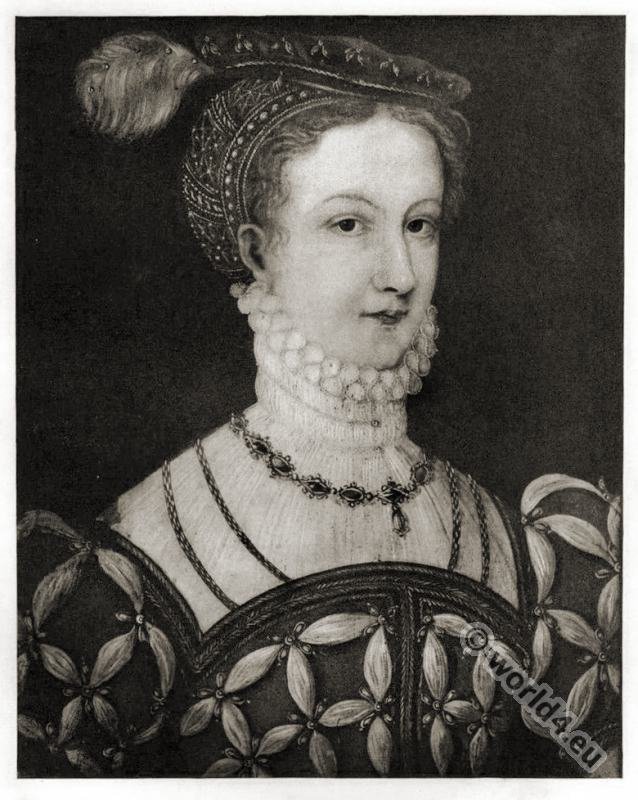
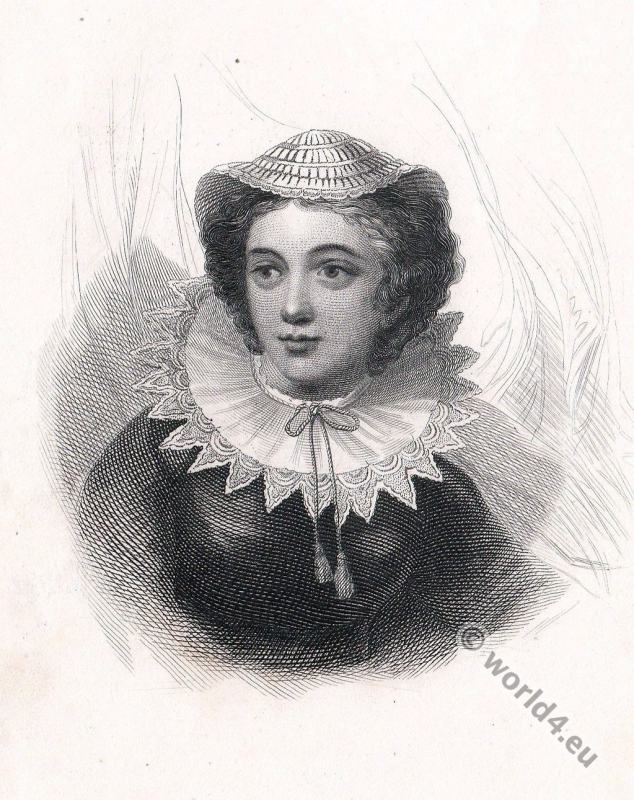
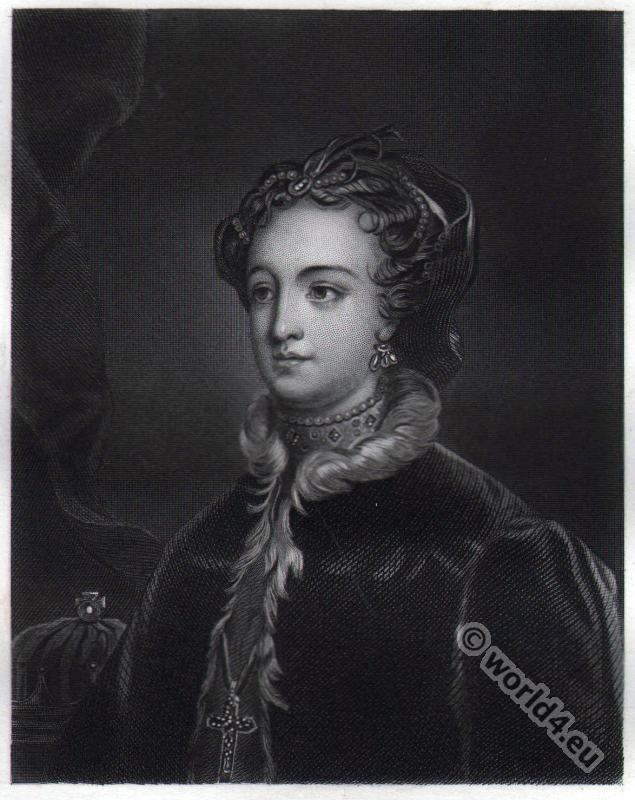

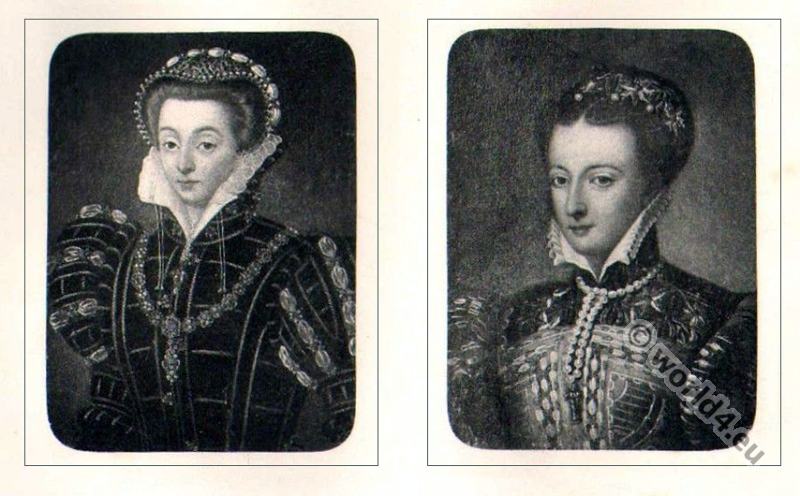
However we may regard the strange life-history of this fascinating, brave, and accomplished woman, and the vicissitudes of a sovereignty which could scarcely have been maintained even by a man’s strong hand, we cannot forget that towards her Elizabeth displayed much of the Tudor dissimulation, and of the Tudor duplicity and selfish cruelty. No upright policy could have permitted, and no plea even of cunning statecraft can justify, the deliberate treachery and prevarication, by which the Queen of England wrought the ruin of her whom she regarded as her rival while she lived, and whom she had come to detest as her probable successor if she died.
It is not too much to say that all Europe was provoked by the foul play which resulted in the enforced abdication, followed by the unjustifiable execution, of an independent sovereign by the Queen of England; and it is evident that though the power of this country, combined with a willfully uncertain policy which made it doubtful what alliances might be made with other states, prevented foreign interference, Elizabeth really feared the general condemnation which these acts deserved, since she was suspiciously anxious to declare with violent protestations that both abdication and execution were effected without her knowledge or consent.
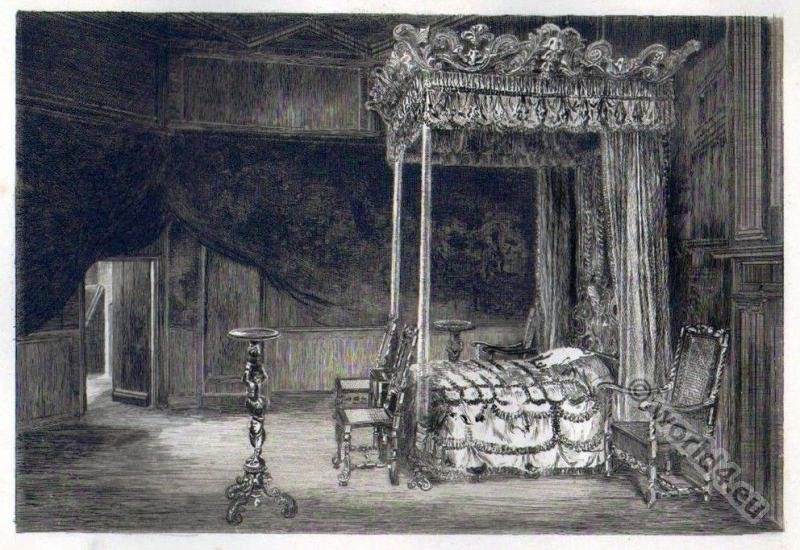

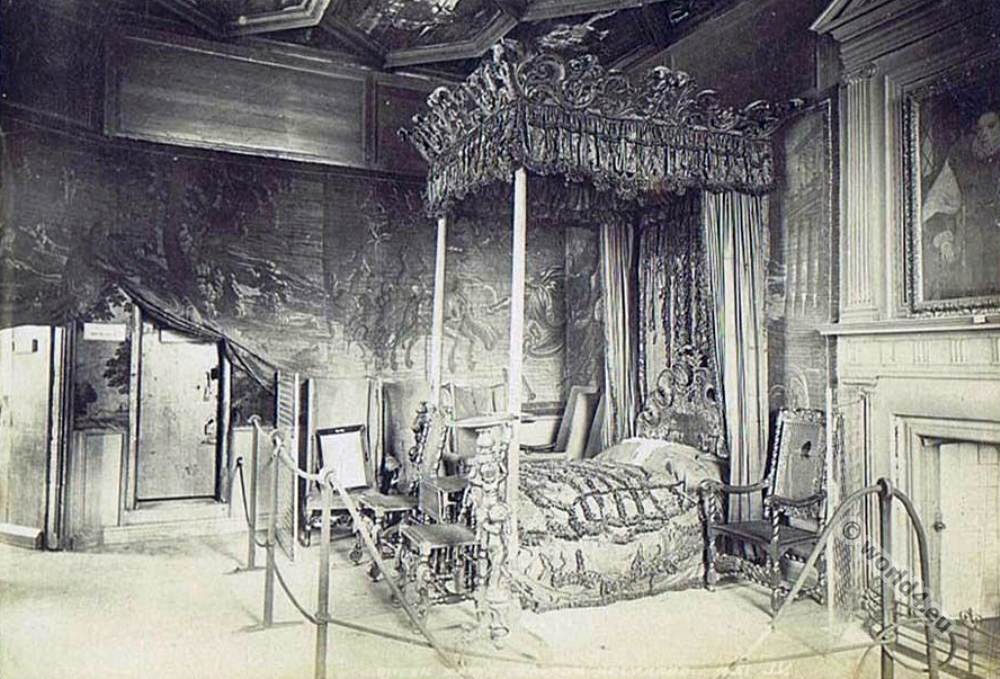
At the same time it must be taken into account that Mary was the grand-daughter of the eldest daughter of Henry VII., and that during the unsettled question of succession to the crown of England she and her husband, the dauphin, had been persuaded by her ambitious uncles the Dukes of Lorraine to continue to urge their claims.
She was but seventeen years old, the youthful bride of Francis, who was about her own age, when the death of Henry II. made her Queen of France. One year of splendor and power seemed to be hers, but at the end of that short period the death of her mother was followed by that of her royal husband, and Catherine de Medici again rose to power.
Mary determined to leave the land of her adoption and to seek that of her birth, but during the time since she had left it, an infant of five years old, everything was changed. Beatoun had been slain. The battles of Flodden, Fala, Solway Moss, and Pinkie had been fought and lost. The entire current of public opinion had been altered. Knox and the severe preachers of the Reformation had thrown their unyielding energies into the denunciation of the Roman Catholic system, and the establishment of a Presbyterian government.
The very first Sunday after her arrival she commanded a solemn mass to be celebrated in the chapel of the palace. This produced an uproar, and on the following Sunday Knox preached a sermon in which he declared his belief that one mass was more to be feared than ten thousand armed men. Mary was a widow, only nineteen years of age, and with opinions entirely at variance with those which had grown up amidst the people whom she came to rule.
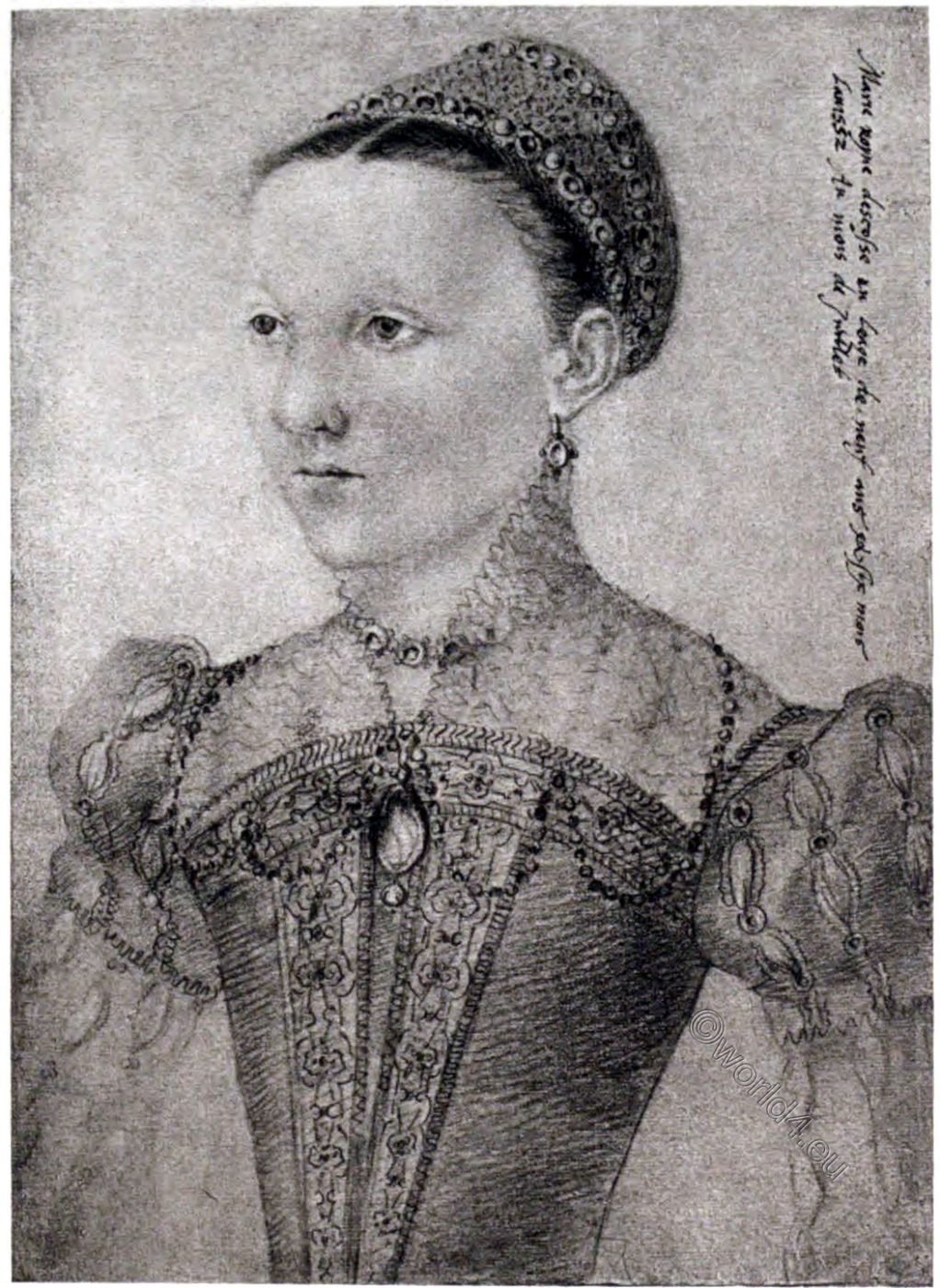

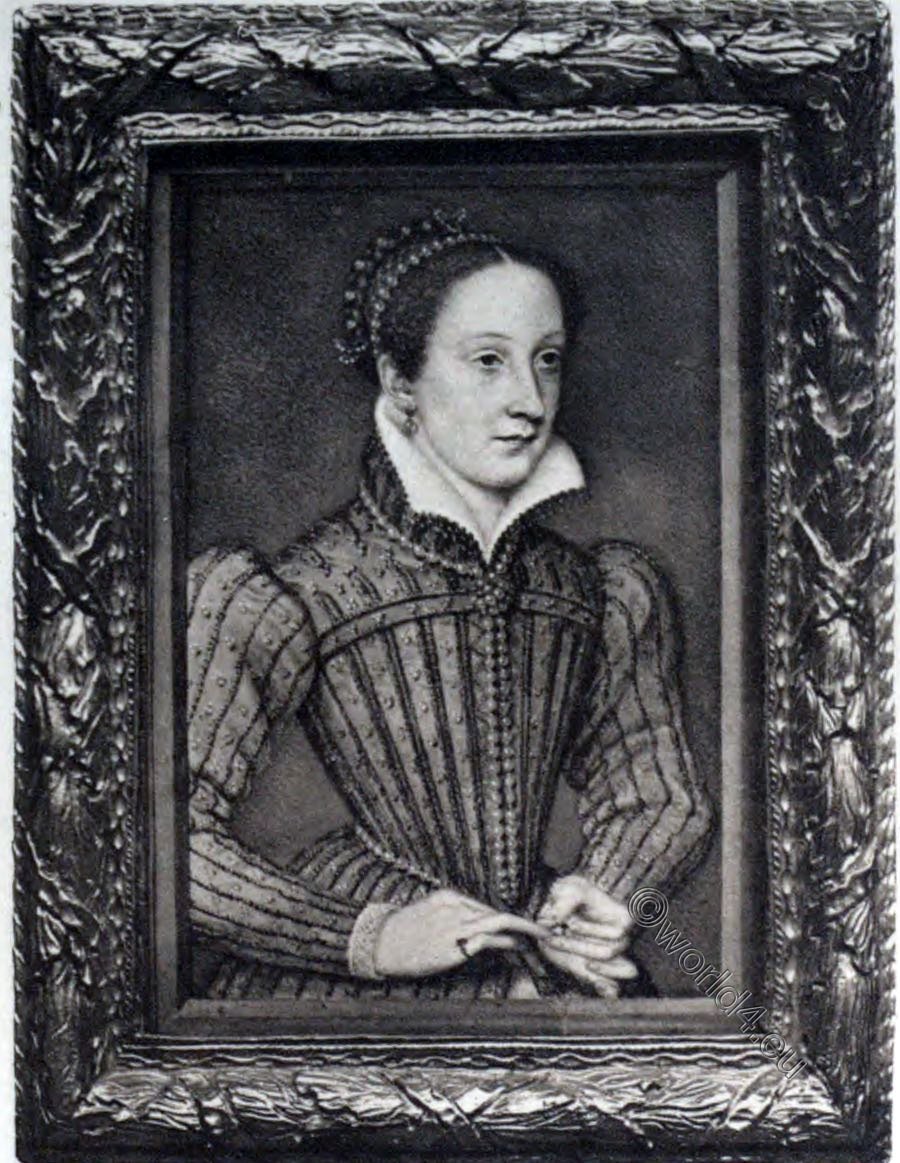
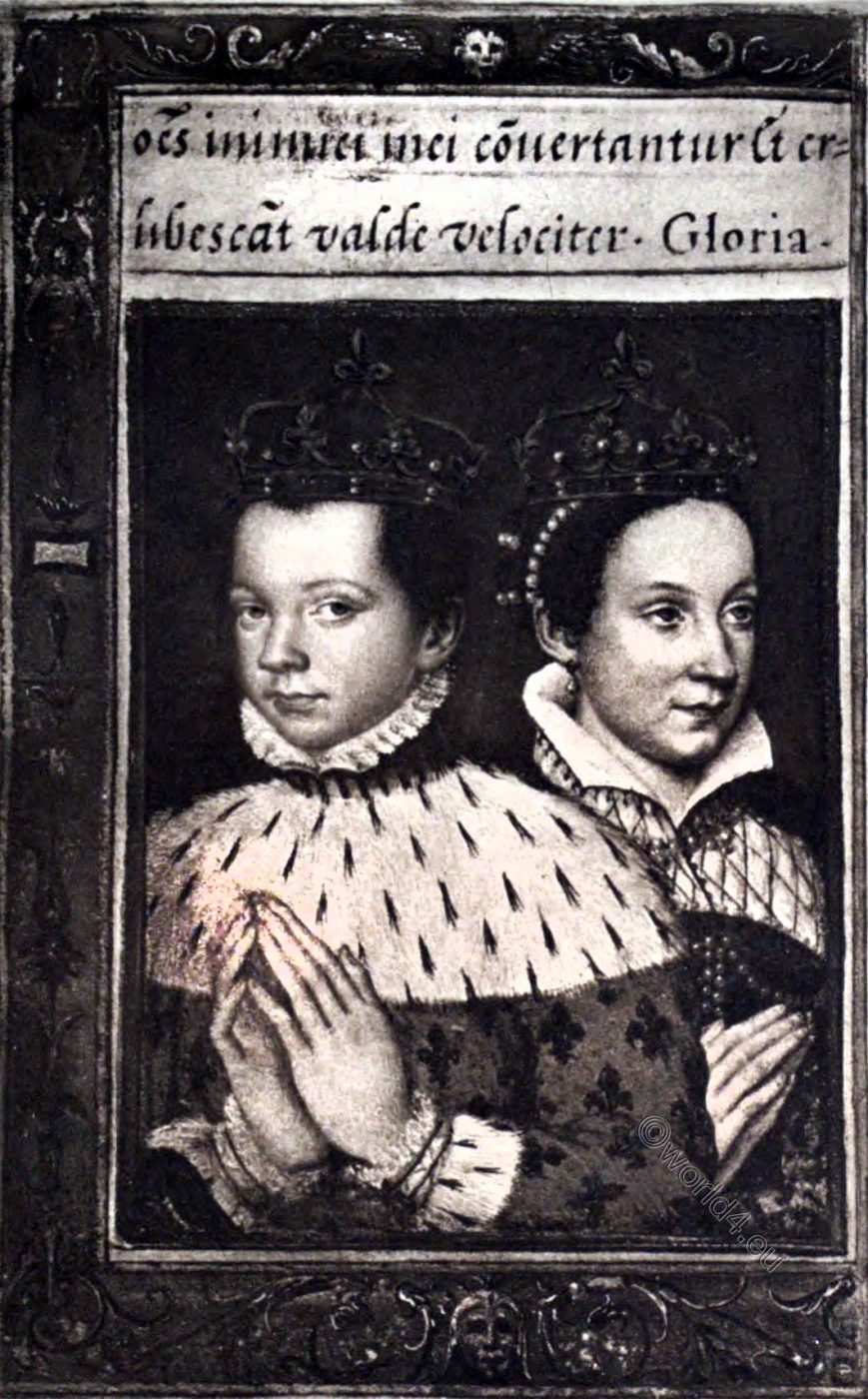
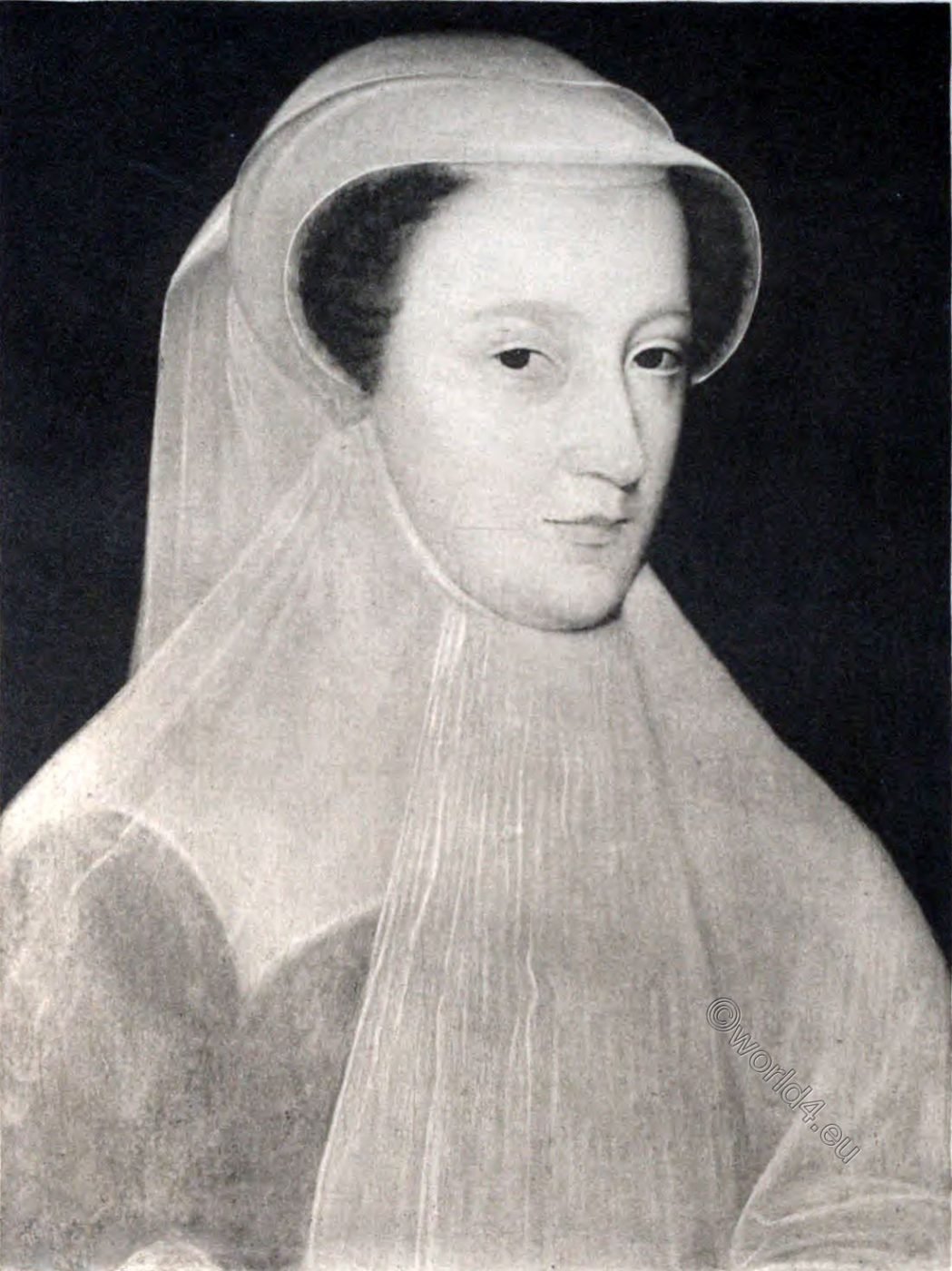
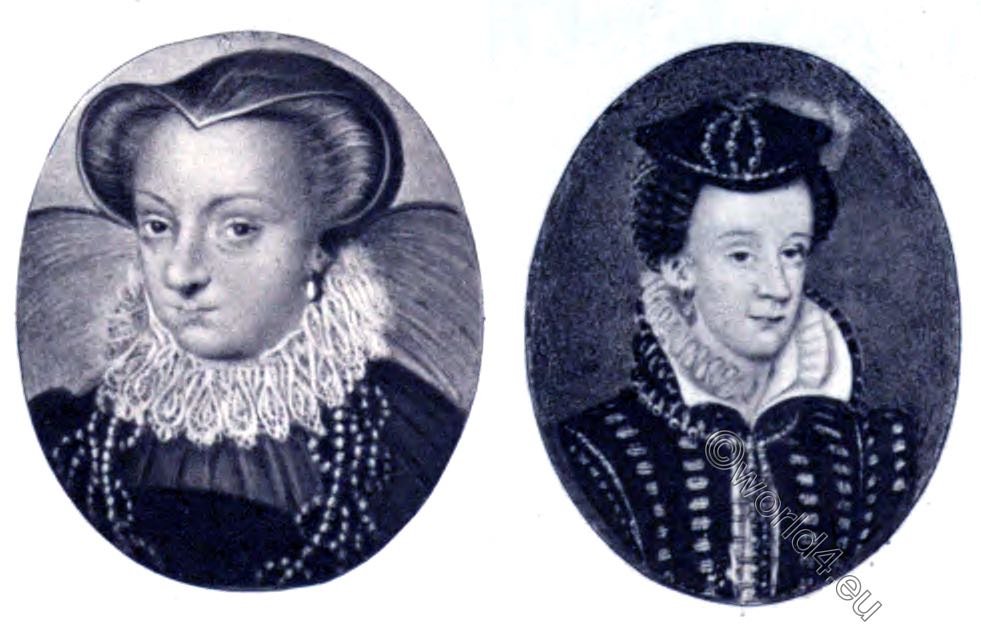
She had also to contend with a powerful faction of fierce and unscrupulous nobles, and yet the influence of personal beauty, grace, and splendid accomplishments gained the popular favor, and even enabled her for a time to frustrate the attempts of her enemies. Surely it is difficult to imagine a more terrible life than that of this young and beautiful woman, for whose hand the princes of foreign courts were competing. Yet her courage sustained her.
She appears to have been anxious to conclude amicable relations with Elizabeth, and when she accepted the offer of Henry Stuart, Lord Darnley, who had been sent under favor of the English queen, it was probably with the desire to conciliate her cousin by abandoning any foreign alliance. Elizabeth, however, was less inclined to her than before, and appears to have resented those personal charms which enabled Mary to captivate even her enemies. The marriage was peculiarly unhappy in offending all parties, and when the ruthless Bothwell and his followers joined her husband in the murder of Rizzio, there was positive estrangement between the hapless queen and her husband.
Whatever may have been the innocence of Mary’s intentions, many of her actions seem to have given to her enemies an opportunity for accusation against her,and to have increased the animosity of Elizabeth for one whom she had learned to regard as a subtle, fascinating, and dangerous rival. Even the assassination of the secretary, Rizzio, was the assumed result of the former assumptions of Chastelard, the French poet, who came over in the royal train, and whose boldness led to his arrest and execution.
The dreadful tragedy at the lonely house of Kirk-a-field, which was blown up with gunpowder while Darnley was staying there instead of residing with her at Holyrood, was believed to be with her connivance, an opinion which was said to be confirmed by her subsequent marriage with Bothwell, the blood-stained assassin, who carried her off,—as she avowed against her will,—to his castle of Dunbar, after raising a process- of divorce against his duchess on the ground of consanguinity.

Her child—Darnley’s child—was then scarcely more than a twelvemonth old, and yet he was born shortly after that terrible evening when the armed ruffians broke into the room at Holyrood, and stabbed Rizzio to death in her presence—an event to which the terror of James I. at the sight of a drawn sword has been attributed. His apparently sagacious guess at the meaning of the letter addressed to Lord Mounteagle, and the subsequent discovery of the Gunpowder Plot, has also been associated with the impression made upon him by the story of the murder of his father in the explosion of the house at Kirk-a-field.
Mary had perhaps mitigated the anger of Elizabeth by giving a remoter heir to the English throne, but she was still first in order of succession. Her marriage with Bothwell was the occasion not only for an outburst of indignation on the part of her own subjects, but for a succession of artfully contrived plots, which were designed to ruin her. It was then that, in expectation of a pitched battle at Carbery Hill, between her adherents and those who condemned her cause, she abandoned Bothwell and appealed to her subjects. She was conducted first to Edinburgh, and then to the secluded castle of Lochleven, where Elizabeth’s emissaries were ready to aid in procuring her renunciation of the throne in favor of the infant James (then little more than a year old), who was afterwards solemnly crowned at Stirling on the 29th of July, 1567.
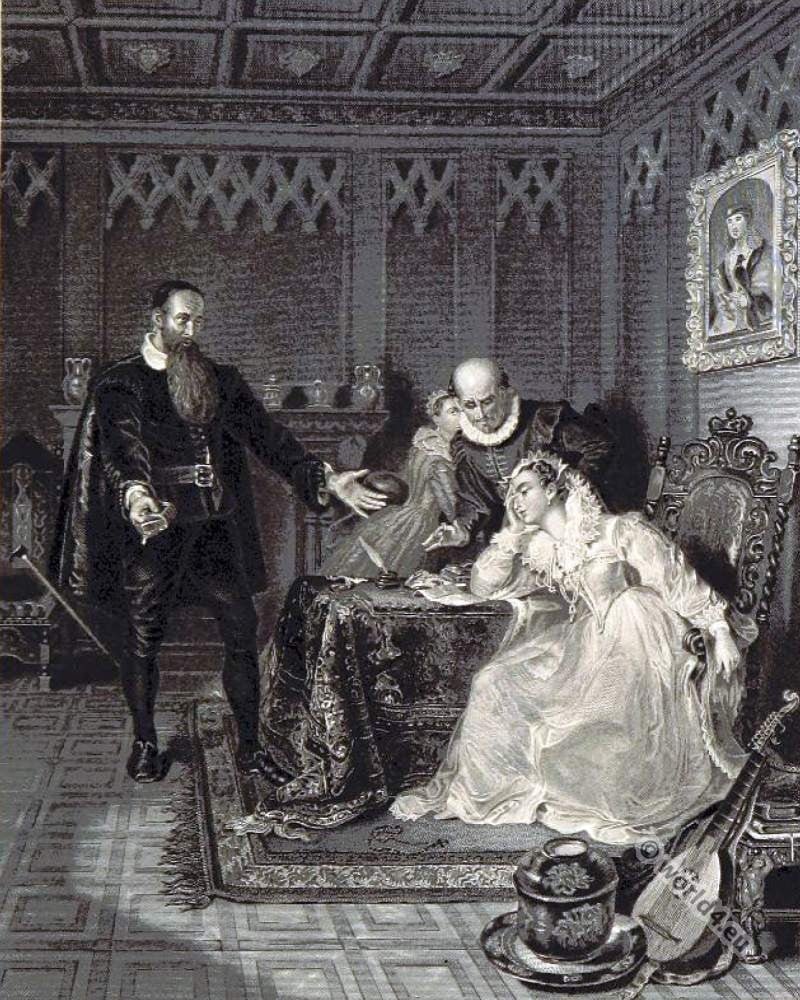
After this a fatality seemed to attend every attempt made by the unfortunate Mary; and whether we wholly condemn her conduct or regard her as being in a greater measure the victim of base plots and carefully prepared designs against her life, we cannot avoid comparing her to some beautiful wild creature, whose attempts to assert its freedom and to escape from the toils of its pursuers only enmesh it more and more in the snares laid for its destruction.
Her life had been a seven years’ tragedy, full of horrors and of fierce conflict, full also of such strange alternations of sentiment, such contradictory impulses, and what would appear to be reckless abandonment of ordinary sentiments, that she might have been deemed a wreck. But twice widowed, thrice married, discrowned, disowned, and a prisoner, she was yet only twenty-five years old, and still possessed that beauty of face and grace of person which charmed all who came within her influence. A lad who stole the keys led her forth from the castle of Lochleven, an army of partisans were waiting for her, only to lose the battle of Langside, after which she fled to Galloway, and then desperately, but not without hope, passed into England, claiming the protection which one queen might ask of another.
Elizabeth refused to see her, and she on her part declined to accept a subtle offer of mediation between herself and her subjects, of whom she declared that she was lawful sovereign.
Instead of being a guest she was a prisoner—a prisoner for nineteen years, which yet must have been the most peaceful if not the happiest in her life. Her spirit was still unbroken, her beauty matured, her health impaired. To the accusation of complicity in Babington’s conspiracy, and to the proposal to form a commission by which she should be tried, she answered, “I came into this kingdom an independent sovereign to implore the queen’s assistance, not to subject myself to her authority.
Nor is my spirit so broken by past misfortunes, or so intimidated by present dangers, as to stoop to anything unbecoming a crowned head, or that will disgrace the ancestors from whom I am descended, or the son to whom I leave my throne. If I must be tried princes alone can try me; they are my peers, and the Queen of England’s subjects, however noble, are of a rank inferior to mine. Ever since my arrival in this kingdom I have been confined as a prisoner. Its laws never afforded me protection, let them not be perverted now to take away my life.”
After this protest against the commission she consented to be tried, confident as it would seem that she would be acquitted. Nothing of the sort was intended, and the strange wild life ended on Wednesday the 8th of February, 1587, on the scaffold at Fotheringay Castle, where she was beheaded, after a farewell to the world which, while it was illustrative of her dauntless and yet feminine courage, was inconsistent with the guilty career with which she had been charged.
At all events, if she was false and wicked, those who compassed her destruction were traitors, perjurers, and many of them murderers. Maitland, Morton, Huntly, Argyle, Moray, who as her ministers issued a proclamation for the discovery of Darnley’s murderers, were concerned with Bothwell in that crime as in the assassination of Rizzio, and were afterwards his closest friends, not making any attempt to release Mary from his castle at Dunbar, whither, she asserted with all the outward signs of grief and indignation, she had been taken by surprise and force.
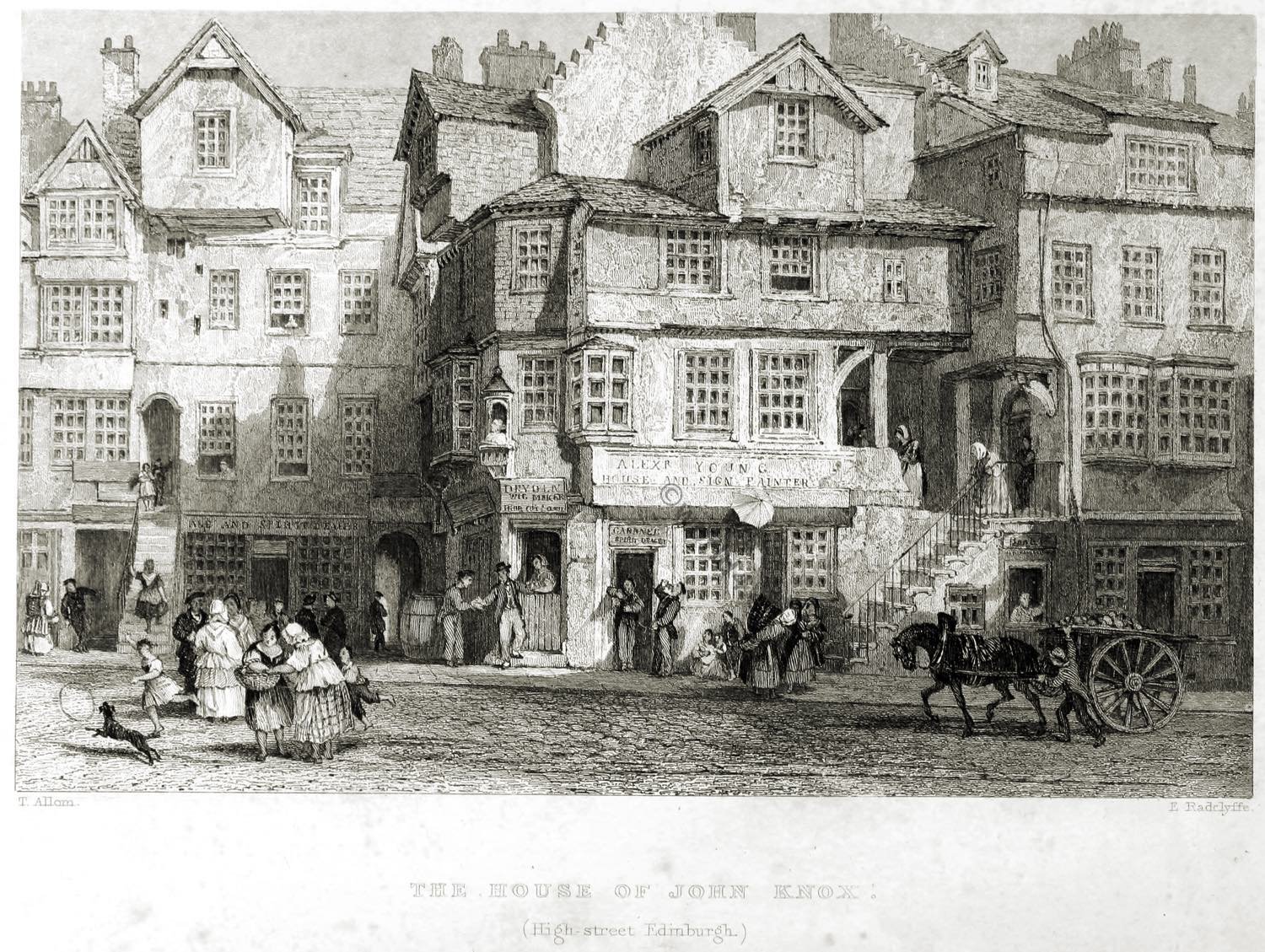
After her marriage to Bothwell, however, they not only combined to release her, and took up arms as they declared to punish Bothwell, and to protect the queen and her son against him, but began to accuse him of the murder, of which they had before striven to acquit him lest they themselves should be implicated. The whole proceeding was a pretence. An act of the privy council was issued against their former accomplice, charging him with the murder of Darnley, and with the abduction of the queen to enforce her to marry him. This was equivalent to protesting Mary’s innocence of intent; but Bothwell had plenty of time given him to escape, while Mary was carried to Lochleven. There the traitorous lords pretended that they only kept her in ward till Bothwell should be banished, and Cecil, on behalf of Elizabeth represented to foreign courts that England would intervene for her liberation as soon as he should be out of the kingdom. He soon disappeared, went into Morayshire, and thence to his dukedom of Orkney, where he was refused admittance by his own lieutenant.
In desperate case he became chief of a band of northern pirates, but, on a small fleet being despatched after him from Leith, fled to Norway, and being taken prisoner by the Danish government, was shut up in the castle of Malmo, where he is said to have died insane.
Mary remained a prisoner, and the lords who had themselves usurped power, and had been concerned in the crimes in which she was accused of participating, declared that she should be dethroned on account of her misgovernment, and compelled her to resign the crown to her infant son. Her friends, including the Hamiltons, the Earl of Huntly, Lord Herries, and some of the noblest families in Scotland, were unable to help her, though they insisted that she should be restored to the throne under equitable conditions.
The lords were unscrupulous, active,and powerful, the preachers incited the towns-people, and cried aloud not only for her dethronement but for her execution. The chapel at Holyrood was demolished, all the queen’s plate, jewels, and furniture were seized. “The lords of the secret council,” which consisted of the Earls of Athole, Mar, and Glencairn, Lords Ruthven, Hume, Semple, Sanquhar, and Ochiltree, were led by the Earl of Morton. They arrested, tortured, and executed Captain Blackadder and four other obscure persons for the murder of Darnley, but the trial was secret, and the confessions were never published. France was inclined to interfere, but the French envoy was refused an interview with Mary, and the lords threatened to side altogether with England.
Throgmorton, who was there to represent Elizabeth, was cordially received, but was also denied access to the queen, and all his despatches came from information derived from Maitland and his confederates. Elizabeth made a show of remonstrating with the lords of the secret council for their undutiful conduct, but rendered no assistance, and it was obvious that she desired to induce them to send the infant Prince James into England. The assembly of the Kirk meeting at Edinburgh chose George Buchanan for their moderator, and entered into league with the lords of the secret council. The Duke of Chatelherault and the Earl of Moray were in France.
Thus deserted, betrayed, in danger of torture and of death, the unfortunate queen, on the 24th of July, 1567, signed a deed in presence of the brutal conspirators Ruthven, Lindsay, and Sir Robert Melville, by which she resigned the crown in favor of her baby James, then about fourteen months old, and at the same time was compelled to sign a commission, appointing her half-brother Moray regent during the child’s minority.
Mary Stuart and Rizzio.
DAVID RIZZIO was the secretary of Mary Queen of Scots. She is said to have first seen him as he lay asleep in a corridor of her palace, and, charmed with the grace of his person and with his accomplishments, she made him her confidant, and admitted him to such intimacy as to excite the jealousy and hatred of Lord Darnley.
Rizzio was seized in Mary’s presence, and in spite of her prayers and entreaties, he was killed before her eyes.
John S. Davis, Engraver. David Neal, Artist
Source: Pictures and Royal Portraits illustrative of English and Scottish History by Thomas Archer. London 1878.
Related
Discover more from World4 Costume Culture History
Subscribe to get the latest posts sent to your email.

